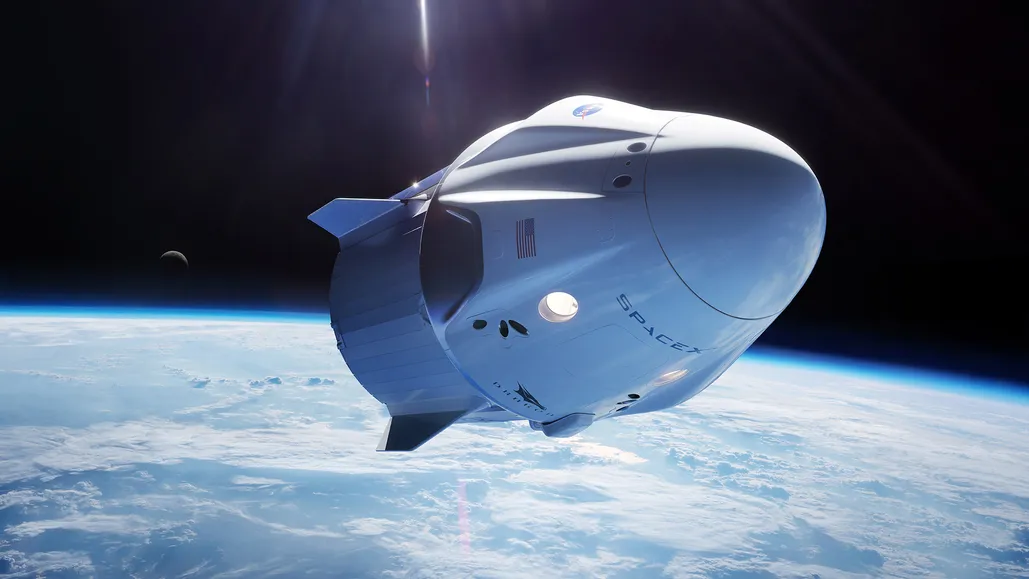
Using the James Webb Space Telescope (JWST), astronomers have identified a fourth planet in an unusual system of ultralight “super puff” planets.
This newly found exoplanet, named Kepler-51e, orbits the sun-like star Kepler-51, located about 2,615 light-years away in the Cygnus constellation. The discovery adds to a group of three previously known planets around Kepler-51, all of which are described as “cotton-candy-like” due to their extremely low densities, making this system a rarity among planetary systems.
“Super puff planets are quite extraordinary, as they have very low mass and density,” explained Jessica Libby-Roberts from Penn State’s Center for Exoplanets and Habitable Worlds. She noted that the other three planets in this system are roughly the size of Saturn but only a few times more massive than Earth, giving them a density akin to cotton candy. The research team theorizes that these planets possess small cores surrounded by expansive, lightweight atmospheres of hydrogen or helium.
“What remains puzzling is how these planets formed and why their atmospheres haven’t been stripped away by the intense radiation from their young star,” Libby-Roberts added. “Initially, we aimed to study one of these planets using JWST, but the discovery of a fourth low-mass planet has introduced new questions to solve.”
A Unique Planetary System
The discovery of Kepler-51e was an unexpected outcome of research led by scientists from Penn State and Osaka Universities. Their study initially focused on Kepler-51d, one of the system’s ultralight planets.
The team was caught off guard when Kepler-51d’s transit across its host star occurred two hours earlier than anticipated. Planetary transits are invaluable for studying exoplanets because they allow starlight passing through a planet’s atmosphere to be analyzed. This light carries unique signatures, or “fingerprints,” that reveal the atmosphere’s composition and other properties.
While astronomers often encounter minor timing variations in transits, typically within a few minutes, the two-hour discrepancy was highly unusual. The team had previously used a three-planet model to successfully predict Kepler-51d’s transit in May 2023 and expected it to occur again at 2 a.m. EDT in June 2023. Observations were set to be conducted with JWST and the Apache Point Observatory (APO) telescope.
To their surprise, the expected transit had already occurred. “Thankfully, we started observing several hours early to establish a baseline,” Libby-Roberts shared. “When 2 a.m. and then 3 a.m. passed with no transit detected at APO, we reanalyzed the data and discovered a slight drop in stellar brightness at the start of our observation — the transit had already begun, a full two hours earlier than expected.”
This discovery has further complicated the team’s understanding of the Kepler-51 system, adding to the mystery of these peculiar and lightweight worlds.

Analyzing archival data from both space-based and ground-based telescopes, researchers sought to understand why the transit of Kepler-51d occurred earlier than expected during JWST observations. Their investigation pointed to the presence of a previously unknown planet as the most plausible explanation.
“We were baffled by the unexpected early transit of Kepler-51d, and no amount of refinement in our three-planet model could explain the discrepancy,” said Kento Masuda, associate professor of earth and space science at Osaka University. “Adding a fourth planet to the system resolved the timing issue. This represents the first planet discovered through transit timing variations using JWST.”
This newly identified world, Kepler-51e, appears to influence the orbital dynamics of the other planets in the system, including Kepler-51d, which explains its premature transit.
“We used a ‘brute force’ method, testing various combinations of planetary characteristics to develop a four-planet model that aligned with 14 years of transit data,” Masuda added. “Our analysis suggests Kepler-51e has a mass similar to the other planets in the system and follows a nearly circular orbit lasting around 264 days. While alternative scenarios involve a more massive planet on a wider orbit, these seem less likely.”
Exploring a System of Cotton-Candy Planets
Incorporating the newly discovered Kepler-51e into their models required adjustments to the predicted masses of the system’s other planets. These changes may reshape theories about the system’s formation and evolution. Researchers now aim to confirm whether Kepler-51e shares the same super-puff characteristics as its sibling planets.
“Super puff planets are quite rare, and they’re usually the only one of their kind in a planetary system,” said Jessica Libby-Roberts of Penn State’s Center for Exoplanets and Habitable Worlds. “If explaining how three super-puff planets formed in one system wasn’t already challenging, the addition of a potential fourth planet complicates things further. And we can’t rule out the existence of even more planets in the system.”
Since Kepler-51e has an orbit of approximately 264 days, researchers will need additional observation time to fully understand its gravitational influence on its neighboring planets.
“Kepler-51e’s orbit is slightly larger than Venus’s and places it just inside the star’s habitable zone,” Libby-Roberts explained. “This raises the possibility of even more activity in the outer regions of the system, warranting further investigation. Monitoring transit timing variations might also help us detect more distant planets, including those with the potential to support life.”
The team’s findings were published on Dec. 3 in the Astronomical Journal.




Leave a Reply